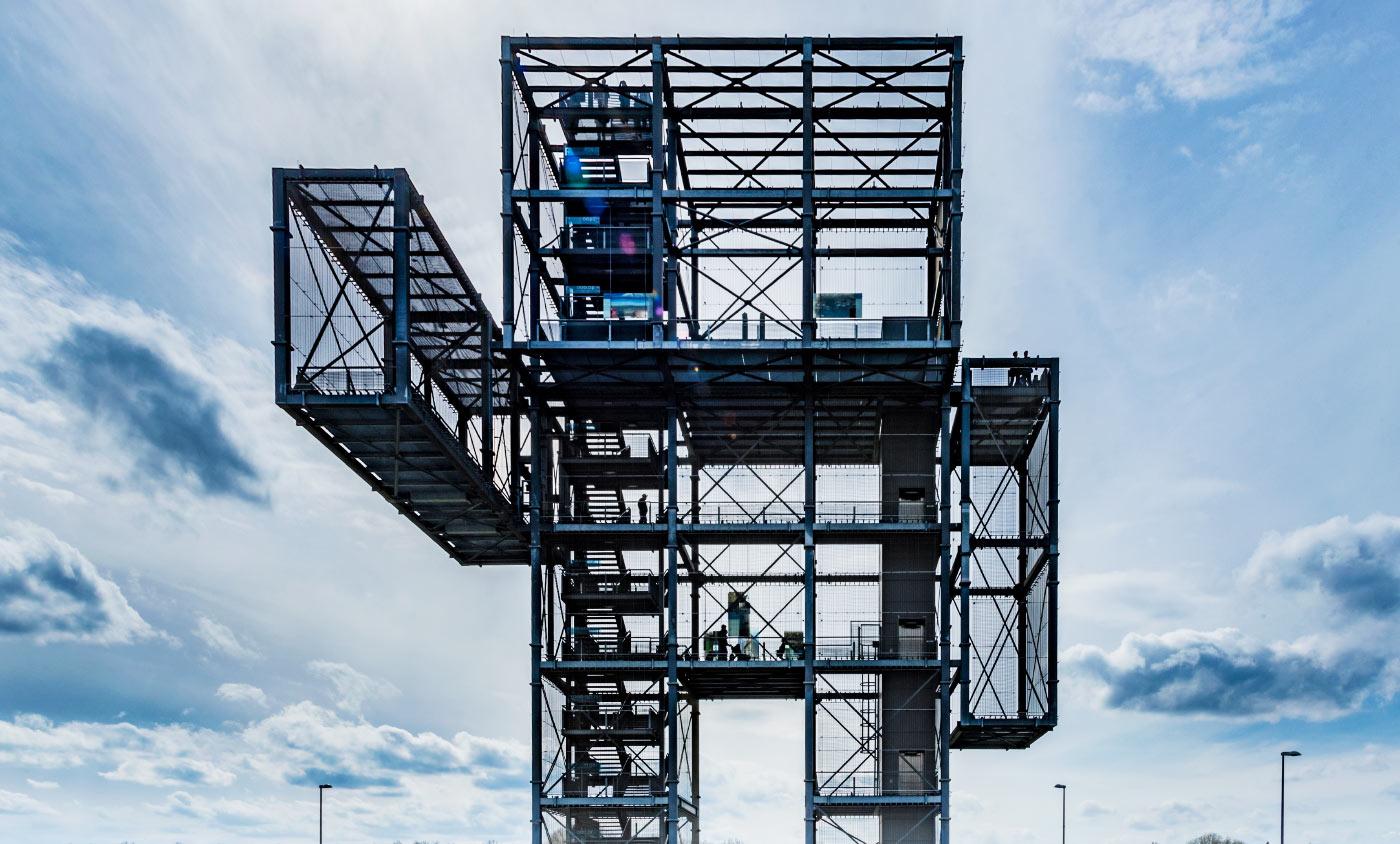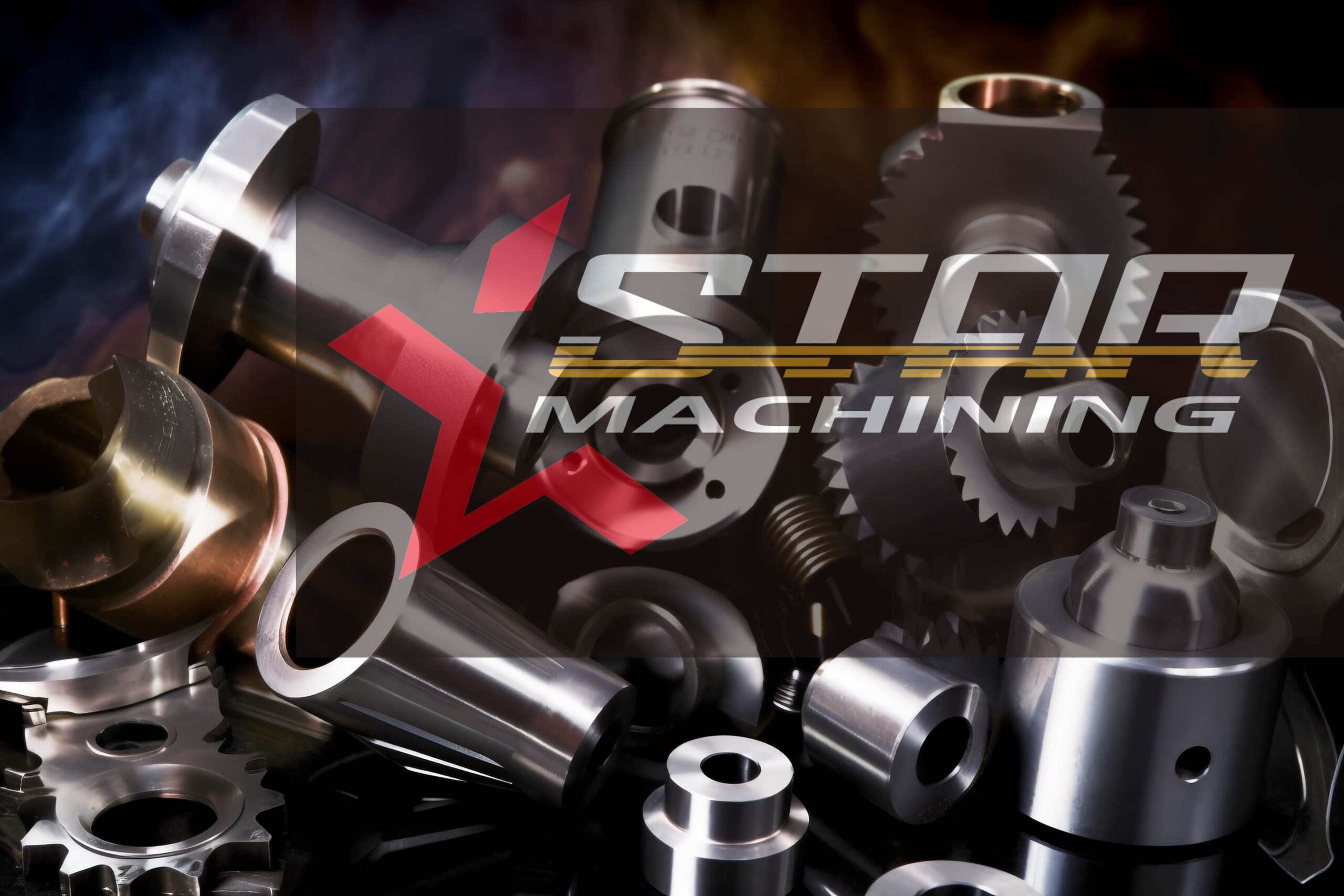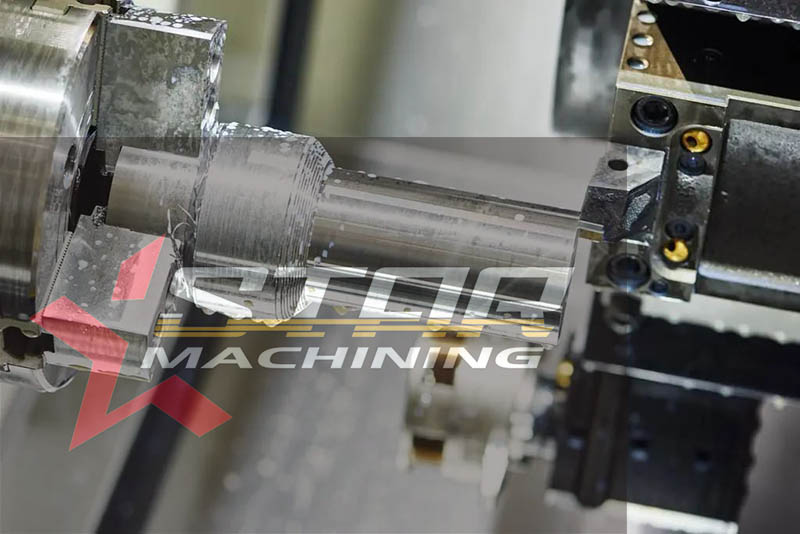It’s tough to make bucks in manufacturing today. Rapid change is driving the way products are made and even the products themselves. The complexity in the designing of product is increasing and thus require more assembly steps. But the biggest pressure comes from time, because while product variations expand, product life cycles contract. The challenge is to get better products to market faster, while maintaining profit margins and lowering manufacturing costs. To do this, most manufacturers are staying flexible.
Today’s manufacturing operations present both opportunity and challenge for improvement.
To stay ahead of the pack, manufacturers must seize every opportunity to increase productivity and throughput, reduce costs, increase product quality and reliability, while managing change on an almost daily basis.
But as we are aware with the fact that assembling process layout is directly proportional to the productivity. For with every industry will have focus on the improvement of assembling process, to enhance the productivity. Proper analysis of assembling process plays a key role in the designing and for the flow pattern of assembly line.
There are some basic factors which should be considered namely:
- Accumulate basic data:
- Volume and rate of production.
- Production specification and bill of material.
- Process sheets indicating tools, equipment and methods.
- Flow process charts.
- Standard time to complete the operation.
- Analyse and Coordinate basic data:
- The work force size and type.
- Number of work stations required.
- Types of equipment required.
- Select Material handling system based on:
- Material/Product to be moved.
- Speed of movement.
- Length of movement.
- Minimum movement principle.
- Use of automation:
- Conveyors
- CNC etc.
A good layout is one that integrates men, materials, machines and supporting activities and other in a way that the best compromise is obtained.
The performance test of assembling is always judged by the productivity. A good layout is one that makes effective use of available space both horizontal and vertical. The stations should be designed in such a way that no two movements should be repeated in same direction because backtracking consume more time and add to cost and lead to inefficiency hence must be avoided.
Apply Pull-production which aims to produce only what is needed, when it is needed. Production is pulled by the downstream workstation so each assembly workstation should only produce what is requested by the next workstation.
Assemble to order (ATO) strategy requires that the basic parts for the product are already manufactured but not yet assembled. Once order is received from customer, the parts are assembled quickly and are customizable to a certain extent. ATO process is a hybrid process that produce the custom products.
The fact is productivity results in wealth creation. As the better layout design will motivate the employees, the growth rate of company will increase that will encourage the employees to give better performance and enhance their skills.
Star machining is having an automation plant which consists of the CNC and hybrid machines for productive assembling process. Star machining works on the concept of lean manufacturing and just-in-time that helps in making of the assembling process more productive. Star machining has an expertise in complex and all kinds of custom assembling process.






